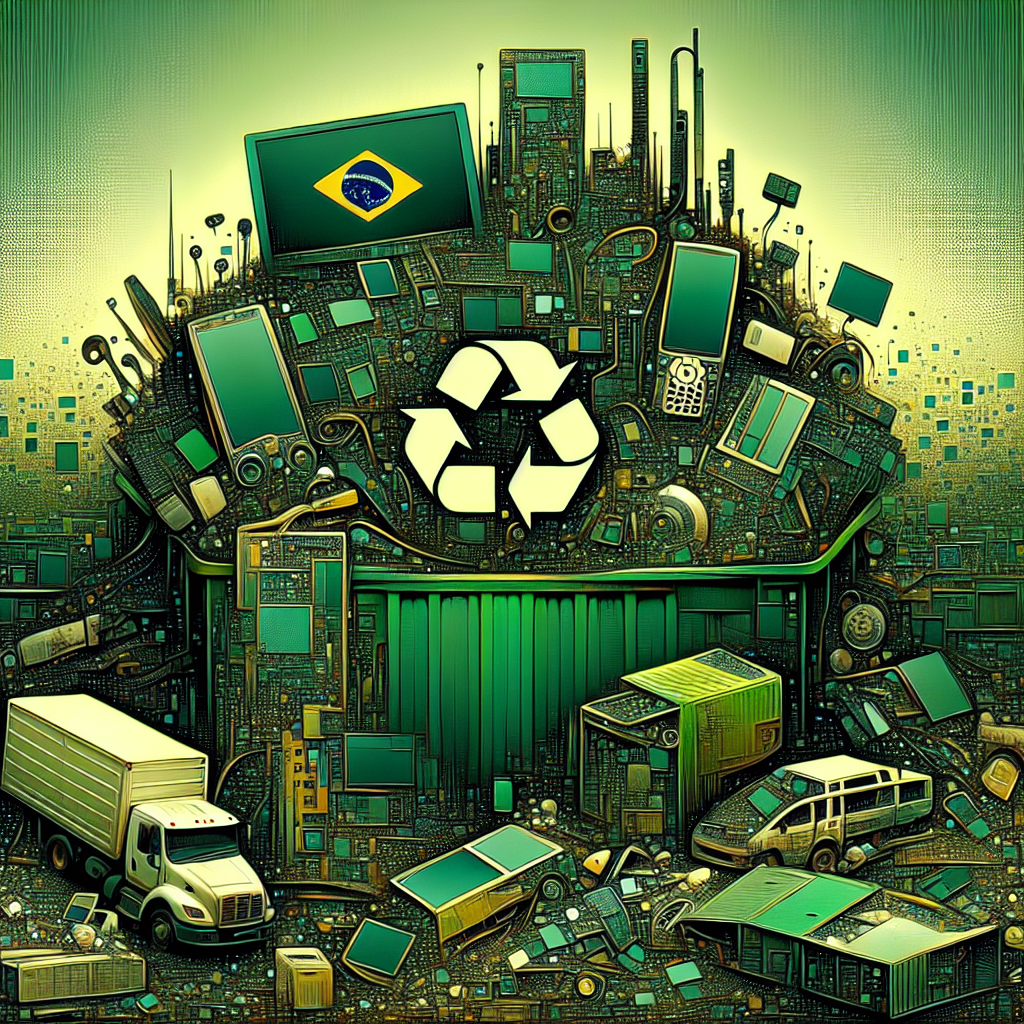Blog Ecobraz Eigre

Electronic waste in Brazil: updated figures for 2025
The e-waste scenario in Brazil in 2025 is critical, requiring coordinated actions for the efficient management of waste generated by electronic devices. This article presents recent official data, covering legislative aspects, up-to-date statistics and recommended practices for safe disposal and specialized collection, based on reliable government sources.
Current Overview of Electronic Waste in Brazil
According to the National Solid Waste Management Information System (SINIR) and the Ministry of the Environment (sinir.gov.br), the volume of electronic waste in the country reached around 3.2 million tons in 2024, with an approximate annual growth of 9%. This increase stems from the growing digitalization and accelerated obsolescence of devices, directly impacting the environment and public health.
Current Legislation and Reference Standards
According to National Solid Waste Policy (Law No. 12.305/2010), the management of electrical and electronic waste must prioritize reverse logistics, making those involved in the production and consumption chain responsible for ensuring environmentally appropriate disposal. This legislation underpins the structuring of regional collection and treatment systems, validating the strategies applied.
Efficient Collection and Management of Electronic Waste
The specialized collection of electronic equipment is essential for mitigating environmental impacts. The scheduling protocol for e-waste collection can be accessed to ensure regulatory compliance and operational safety. This strategy ensures correct forwarding to licensed units, reducing exposure to toxic materials and promoting the recovery of reusable components.
To schedule the collection of electronic equipment, use the official service available at ecobraz.org/en_BR/eletronicos scheduling.
Safe Disposal and Sanitization of Digital Media and Storage
The safe disposal of storage devices, such as hard drives, requires specific procedures to guarantee the sanitization of data and avoid information security risks. Recommended technical protocols are regulated by official bodies, available for consultation at ecobraz.org/en_BR/sanitiza-o-de-hd eletronicos agendamento, ensuring the correct destruction of media, in accordance with guidelines from the Brazilian Internet Steering Committee and related technical standards.
Environmental and Social Impacts
Inadequately disposed of electronic components release dangerous substances such as heavy metals and flame retardants, causing soil, water and air contamination. In addition to the environmental impact, there is a risk of contamination of the food chain and public health problems, especially for communities close to dumps and irregular disposal areas.
Perspectives and Recommendations for 2025
To meet this challenge, expanding selective collection, encouraging the circular economy and strengthening reverse logistics practices are essential. The implementation of integrated policies, aligned with SINIR and the PNRS guidelines, together with stakeholder awareness, will lead to significant advances in the management of electronic waste.
This scenario also calls for investment in technologies for reuse and recycling, as well as the development of educational campaigns aimed at correct disposal, risk mitigation and promoting sustainability.

Deixe um comentário
O seu endereço de e-mail não será publicado. Campos obrigatórios são marcados com *